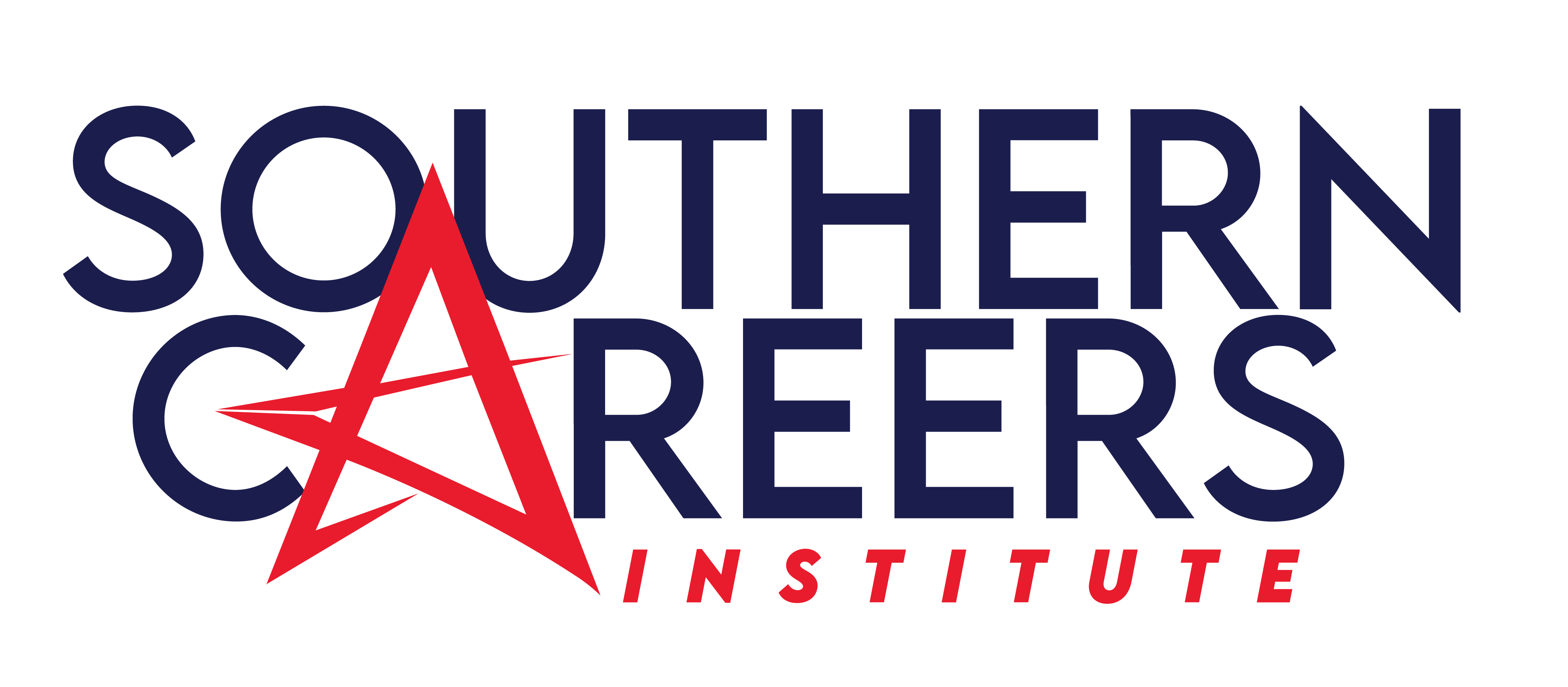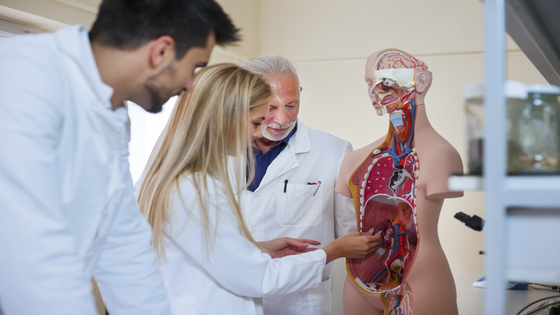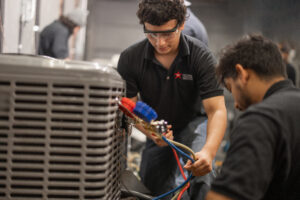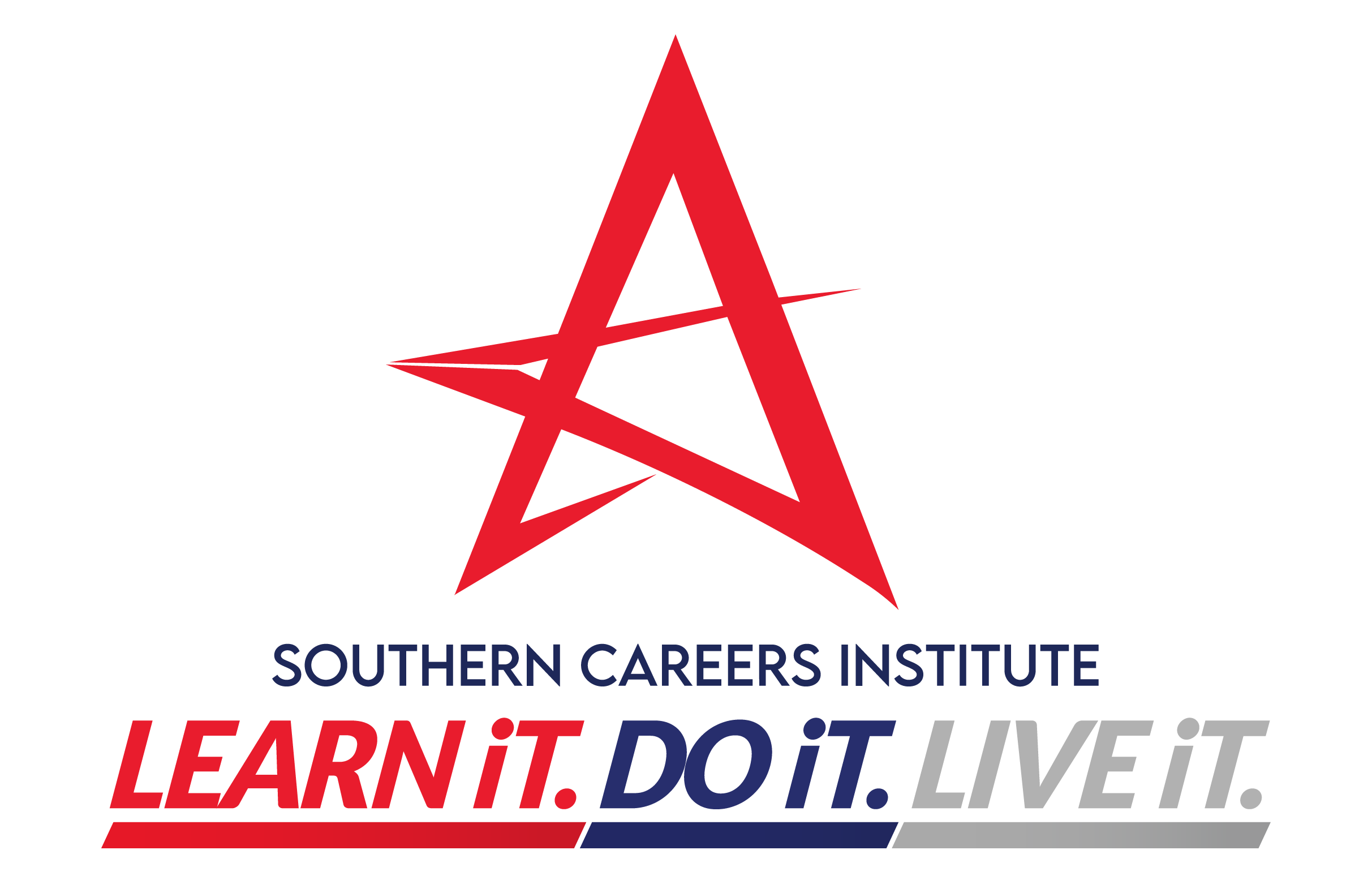If you want to have a career in healthcare, it is important that you know about the human body, including learning about anatomy and physiology.
If you seek employment in healthcare, particularly as a medical assistant or a pharmacy technician, you need to have a firm grasp of the body’s structure and how it works in order to understand and do the job well.
This means you should have a knowledge of anatomy and physiology.
Persons employed in medical billing and coding will not have a full grasp of the medical procedures they are coding unless they also know what those procedures are for and have knowledge of medical terminology.
At Southern Careers Institute, Anatomy and Physiology is a required course for all of our medical training programs.
So what are anatomy and physiology and how are these two subjects related? Furthermore, how are they different, and why are they combined into one course?
What is Anatomy of the Human Body?
Human anatomy is the science that studies the parts of the human body and how they relate to each other. This includes the structure of those parts and their materials, as well as their sizes, positions, and appearances.
Basically, it deals with the overall makeup of the body and its organization
Anatomy is divided into two main branches. Gross anatomy, also called macroscopic anatomy, focuses on those body parts that can be observed and studied without magnifying equipment. The stomach, the heart, the liver, and the gallbladder are all part of gross anatomy.
On the other hand, microscopic anatomy, also known as histology, is the study of body parts that can only be seen under a microscope. These are the components of tissues like the lining of the small intestine and cells.
What is Taught in Physiology?
Physiology is the study of the functions of the body parts. It focuses on what each body system does and how it does it. It is also the study of body parts at a chemical or cellular level. One example is the liver.
The purpose of the liver is the production of bile and filtration. Physiology also explores the production of bile, what makes it, and its functions.
A course in physiology will go through all the body systems like the nervous system, the circulatory system, the digestive system, the muscular system, and the skeletal system.
It will also take each system one-by-one and focus on its individual function as well as its functions in relation to other systems.
Physiology is concerned with the chemical reactions that go on in the body. It studies the substances produced by the organs such as hormones and saliva. It also covers common diseases and disorders that affect the organs.
The Difference Between Anatomy and Physiology
Anatomy and physiology are independent, in-depth subjects. Because they relate closely, they are often part of one course.
In anatomy, students study the parts of the body and how those parts fit together. Anatomy places focus on what organs look like, their general purposes, and their locations. Here, students will cover the makeup of each organ, including the tissues and membranes.
In comparison, physiology is the function of bodily systems and the organs in each system. It is all about what organs do, how they do it, what substances they secrete in order to do their jobs, and what the purposes of those fluids are. Also, what happens if there is a malfunction is also studied.
How are Anatomy and Physiology Related?
To have a thorough understanding of the human body, students need to know not only what organs make up the body, but also how those organs are interconnected.
They must be able to grasp what the purpose of each organ is and how those organs work within systems. This is the relationship between anatomy and physiology.
One subject identifies and explains the structure of a unit (the body) and the other focuses on how that unit or group of units works. As an example, you can compare this to an automotive technician\’s understanding of an automobile.
He or she must have knowledge of all the parts that make up an engine, what they do, and how they fit together. A firm grasp of fuel and lubricants is also necessary.
Learning Anatomy and Physiology for a Healthcare Career
When studying anatomy and physiology for a career in healthcare you need to understand various systems. Students study the structure and function of the following systems:
- Cardiovascular (heart, arteries, veins)
- Skeletal (bones, joints, cartilage)
- Muscular (muscles, tendons, ligaments)
- Circulatory (blood, plasma)
- Lymphatic/Immune (lymph nodes, thymus, spleen)
- Integumentary (skin, hair, nails)
- Respiratory (lungs, trachea, nasal passages)
- Nervous (brain, spinal cord, peripheral nerves)
- Urinary (kidneys, urinary bladder)
- Digestive (mouth, stomach, small intestine, large intestine, liver, gallbladder)
- Reproductive (epididymis, testes, uterus, ovaries, mammary glands)
- Endocrine (pituitary gland, thyroid gland, testes, ovaries, adrenal glands, pancreas)
- Special Senses (sight, taste, touch, smell, hearing)
It is also important to note that at Southern Careers Institute, Anatomy and Physiology I & II are required for the Medical Assistant, Medical Billing and Coding, Medical Insurance Billing, Medical Office Specialist, Medical Office Administration, and Pharmacy Technician training programs.
Begin a Career with Purpose and Meaning
If you want the freedom to find meaningful work, you may want to consider a career in the area of healthcare. The programs at SCI can help you gain a thorough understanding of subjects like anatomy and physiology that are required in order to sit for certification exams in the medical field.
So what are you waiting for? Contact our admissions department today. Here, our friendly and professional team is standing by to answer your questions, explore various career paths, and to walk you through the process of applying and scheduling your courses. We will help you navigate financial assistance and the process of transferring any prior credits you may have earned.
Also, once you graduate, we are still here for you. You have the opportunity to utilize the student career services department to assist in your job search.
Sources
- https://medlineplus.gov/anatomy.html
- https://www.medicalnewstoday.com/articles/248791
- https://training.seer.cancer.gov/anatomy/body/
Blog Disclaimer: Information stated in this blog is for general information purposes only. SCItexas.edu does not assume or guarantee income earning potential or salary expectations based on the programs offered at Southern Careers Institute. Career and program information stated in this blog does not guarantee that programs and specifics are offered at Southern Careers Institute.
